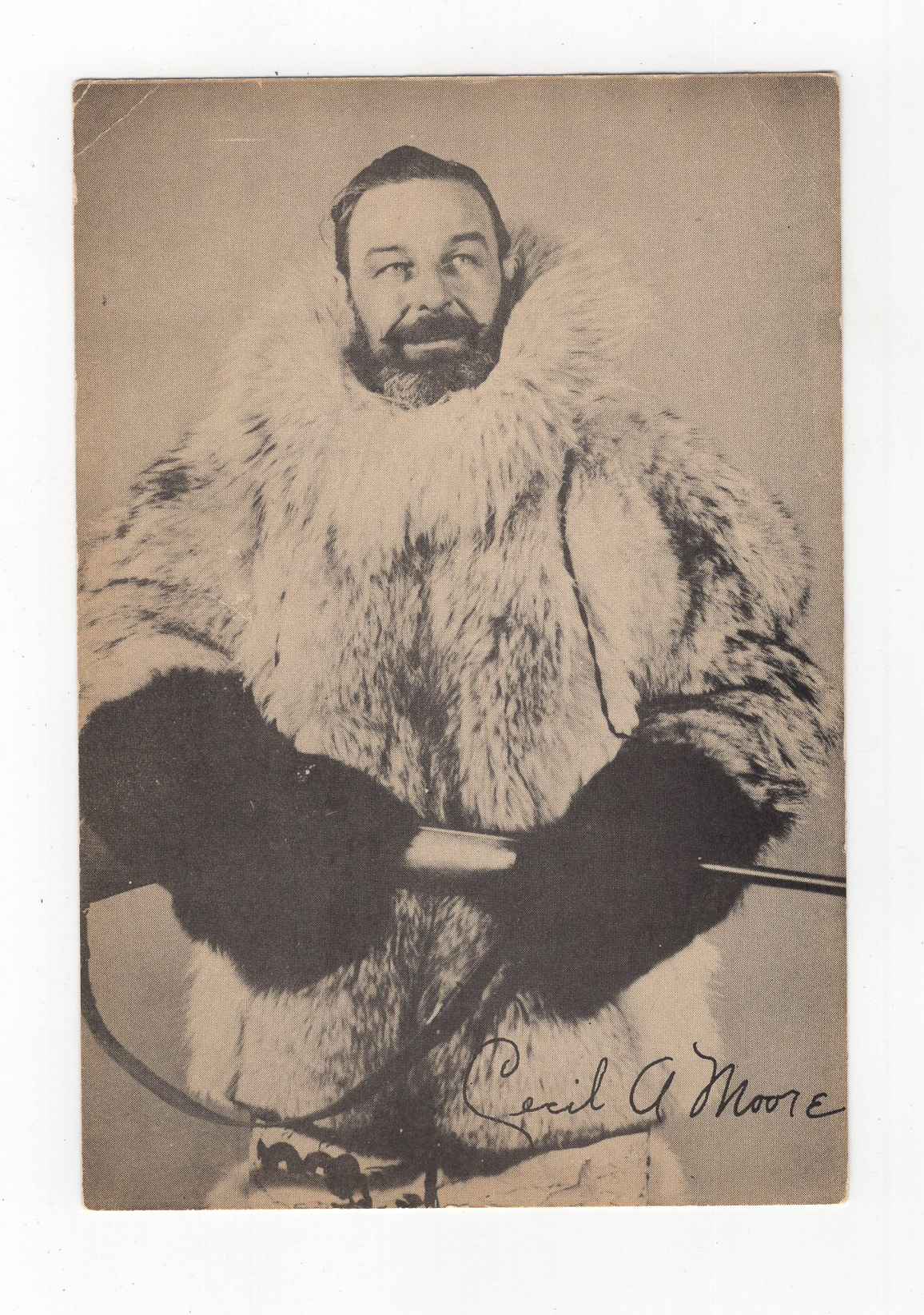Tag: culture
-

Falling In Mush Love
Part of my job as an antiques dealer (or vintage seller, if you prefer) is to properly clean, research, and identify reclaimed and discovered items in order to best present these old things to potential buyers. Continually making discoveries, uncovering new-to-me stories is one of my favorite parts of this gig. But sometimes, as I’ve…
-
This Week’s Story: Paint By Numbers & Wundertüte
Hi, I’m Deanna Dahlsad of Fair Oaks Antiques, here with This Week’s Story, and I am a paint by number collector. (If you’d prefer, you can listen to the podcast here.) Many mock paint by number paintings, saying the works are kitsch – meaning they are of poor taste. Even those who love kitsch in…
-
This Week’s Story: It Was The 80s – Even Lingerie Had Shoulder Pads
This Week’s Story is prompted by a vintage piece of lingerie. You can listen to the audio podcast here. This particular lingerie piece, in a powder blue satin, is more slinky sleepshirt than naughty negligee. With its built-in shoulder pads and double-breasted suit jacket front, this nightie looks more like an oversized power suit jacket…
-
This Week’s Story: Man Enough For Pink
Hi, I’m Deanna Dahlsad of Fair Oaks Antiques. This Week’s Story is a little bit different… It’s still about an object, just not one for sale. And it’s also a story for the month, as you’ll see. A reminder: You can listen to This Week’s Story as a podcast! Due to it being Breast Cancer…
-
This Week’s Story: One Man’s Trash Is Another Man’s… Art?
Hi, I’m Deanna Dahlsad of Fair Oaks Antiques. This inaugural edition of ‘This Week’s Story’ is based on a mixed media artwork we found. (You can listen to this short audio podcast here!) We found this piece on the street during Fargo’s Cleanup Week. Yes, that makes us trash pickers. That’s not really news; we’ve…